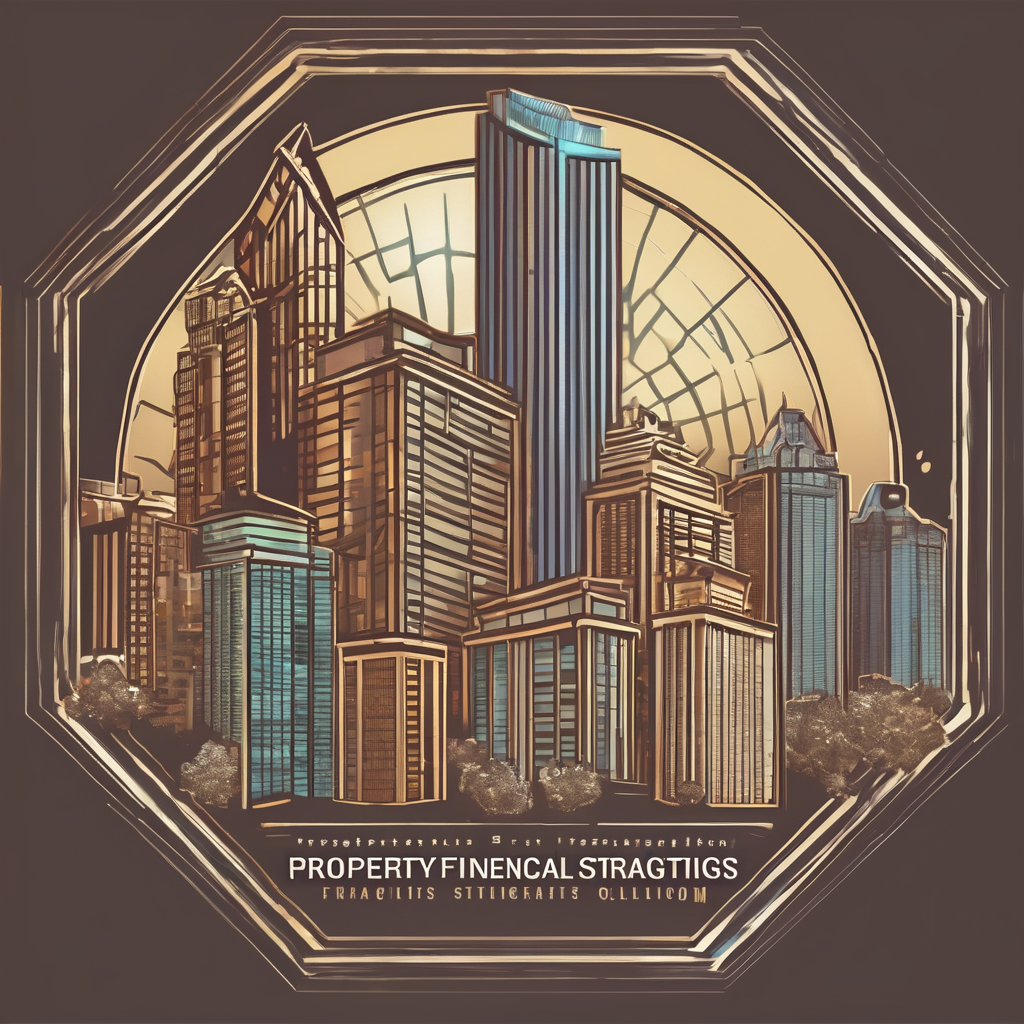In the fast-paced world of property rentals, the student accommodation sector has often been perceived as a safe haven for landlords. The market’s consistent growth over the years, backed by a steady flow of students seeking housing, has provided a certain level of guarantee for profitability. But, is this scenario still the case or are there hidden pitfalls awaiting unsuspecting landlords? The aim of this article is to delve into the financial risks that landlords may encounter in the UK student housing market.
The Unpredictability of Student Demand
Before you, as landlords, invest in the Purpose-Built Student Accommodation (PBSA) sector, understanding the dynamics of student demand is crucial. While it’s true that the number of students has been consistently rising over the years, it does not necessarily translate into a proportional increase in demand for PBSA.
A découvrir également : How do UK building regulations affect home renovation projects in historical districts?
A key factor affecting student demand is their changing accommodation preferences. Data suggests that many students are increasingly opting for affordable, shared housing options over costlier, single-occupancy PBSA units. Coupled with this, the growth of online learning and overseas students choosing to remain in their home countries due to pandemic-related uncertainties can also impact student demand for accommodation.
Moreover, student demand can be cyclical, often affected by factors such as academic calendars, exam periods, and seasonal holidays. This means landlords may face periods of vacant properties, which can adversely affect your rental income.
Lire également : How can UK families use trusts to manage and protect their property investments?
Fluctuation in Rental Rates
Another financial risk that you may face in the student housing market relates to rental rates. While the student accommodation sector has seen consistent rent growth over the past years, this trend is not set in stone and can be influenced by various factors.
On the one hand, if there’s an oversupply of student housing in the market, it could lead to a drop in rental rates. A rise in purpose-built student accommodations, coupled with an increase in private landlords entering the market, could create a surplus of available properties.
On the other hand, changes in broader economic factors can also impact rental rates. For instance, economic downturns or periods of high inflation can reduce students’ willingness or ability to pay high rents.
Legislative and Regulatory Risks
The legislative landscape governing the rental property sector is another risk factor that landlords should not overlook. Over the years, the UK government has introduced several regulations affecting landlords, such as licensing requirements for Houses in Multiple Occupation (HMO), deposit protection schemes, energy efficiency standards, and safety regulations.
For example, a recent bill introduced in Parliament could potentially lead to stricter regulations for PBSA providers. Landlords who fail to meet these stringent requirements could face hefty fines, legal action, or even lose their license to rent out properties to students.
Adding to this, changes to immigration policies can also affect the number of international students coming to the UK. This, in turn, can impact the demand for student housing and ultimately, your investment returns.
Maintenance and Operational Costs
While investing in the student housing market may seem lucrative due to high rental yields, landlords should be mindful of the accompanying maintenance and operational costs, which can eat into profits.
Student properties, in particular, may require more frequent repairs and refurbishments due to the high turnover of tenants. Additionally, compliance with safety standards and energy efficiency requirements can also involve significant expenses.
Moreover, managing student tenants could be more time-consuming and require additional resources, compared to other types of tenants. For instance, dealing with late rent payments, resolving tenant disputes, or managing property vacancies during non-academic periods could add to your operational costs.
Market Saturation Risks
Lastly, the risk of market saturation is something that landlords should be wary of. With the PBSA sector attracting significant investment over recent years, there’s a risk of an oversupply of student housing in certain markets.
For instance, cities with multiple universities have seen a boom in PBSA developments. If supply outpaces demand in these markets, it could lead to increased vacancy rates and downward pressure on rental prices, affecting your investment returns.
In conclusion, while the student housing market can offer attractive investment opportunities, it is not without its risks. As a landlord, it’s crucial to stay informed about these potential pitfalls and develop a robust risk management strategy to safeguard your investments.
The Impact of the Renters Reform Bill on the Student Housing Market
The Renters Reform Bill, poised to bring about significant legislative changes, could pose a potential risk to landlords in the student accommodation sector. Initially announced in the Queen’s Speech in December 2019, this reform bill is set to shake up the private rented sector, with implications for both landlords and tenants.
One of the key components of the bill is the abolition of Section 21, also known as ‘no-fault’ evictions. If this becomes law, landlords will find it harder to regain possession of their properties, unless they can prove a valid reason in court. For landlords in the student housing market, this could pose a significant risk, as they often rely on fixed-term contracts that line up with the academic year. Without the ability to end tenancies at the end of the fixed term, they could potentially face longer void periods if students choose to leave during the summer months.
Additionally, the Renters Reform Bill proposes the introduction of a new, reformed version of the ‘lifetime deposit’ system. While this aims to make moving more affordable for tenants, it could present considerable financial and administrative challenges for landlords. This is particularly true for those in the student housing sector, where the high turnover of tenants could mean dealing with frequent deposit transfers.
Regulations related to property standards and tenant rights are also set to be strengthened under the bill. Landlords who fail to adhere to these enhanced standards could face stricter penalties, including hefty fines or even disqualification from renting out properties.
The Impact of Economic Factors on the Student Housing Market
Another key aspect affecting the student housing market is the broader economic climate, including interest rates, inflation, and the general health of the economy. These economic factors can have a direct impact on rental growth, student demand, and the overall success of your investment in the student housing sector.
For instance, fluctuations in interest rates can influence the cost of mortgage repayments for landlords, thereby affecting the profitability of their investments. During periods of low-interest rates, landlords may find it more affordable to invest in purpose-built student accommodation. Conversely, high-interest rates may deter potential investors, potentially leading to a slowdown in the growth of the PBSA sector.
Similarly, inflation can erode the real value of rental income over time, especially if rental increases do not keep pace with the rate of inflation. This can impact your bottom line, making your investment in the student housing market less profitable.
Lastly, the broader health of the economy can also impact the student housing market. During periods of economic downturn, there may be a decrease in the number of students attending higher education, which can negatively affect the demand for student accommodation. Moreover, in a struggling economy, students and their families may have less disposable income to spend on accommodation, potentially leading to a decrease in rental growth.
In Conclusion: Navigating the Risks in the Student Housing Market
In conclusion, the UK student housing market, while potentially profitable, is not without its complexities and challenges. Faced with an ever-changing landscape marked by shifting student demands, legislative changes such as the Renters Reform Bill, and broader economic factors, landlords need to stay vigilant and informed.
For landlords considering an investment in student accommodation, it’s crucial to thoroughly understand these risks. It’s also important to have a robust risk management strategy in place, considering factors such as the location and type of property, the potential for rental growth, and the impact of legislative and regulatory changes.
The future of the student housing market, much like any other segment of the real estate sector, is not set in stone. However, with careful planning, thorough research, and a strategic approach, landlords can navigate these challenges and make the most of the opportunities in this sector.






